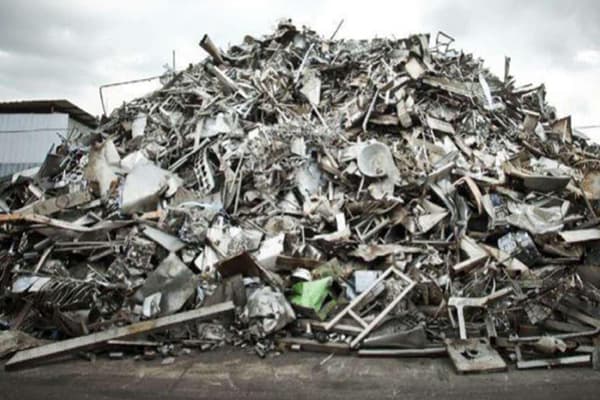Ferrous
Archaka Trading stands as a prominent figure in India’s scrap export and dealership landscape, boasting an extensive range of offerings from ferrous scrap. Certainly, the recycling of various materials, especially scrap metal from industrial processes and end-of-life products like containers, vehicles, appliances, industrial machinery, and construction materials, plays a pivotal role in sustainable resource management.In particular, the utilization of scrap metal has become indispensable to the modern steelmaking industry.
This practice not only enhances the industry’s economic viability but also significantly diminishes its environmental impact. Steel, being the cornerstone of engineering and construction globally, exemplifies the recyclability of metals, as it can be recycled repeatedly without any loss of its inherent properties. This characteristic underscores the sustainability of steel as a material.Compared to primary ore extraction, the incorporation of secondary ferrous metals derived from recycling scrap substantially reduces CO2 emissions, energy and water consumption, and air pollution. Moreover, steel recycling facilitates a more efficient utilization of the Earth’s natural resources, contributing to a more sustainable future.

Various type of ferrous scrap materials:
- Steel: With carbon content typically falling between 0.2% to 2.1% by weight, steel stands out as the most widely utilized ferrous material, valued for its versatility, strength, and affordability. Different types of steel include carbon steel, stainless steel, and alloy steel.
- Cast Iron:Cast iron, characterized by its carbon content exceeding 2.1%, constitutes a group of iron-carbon alloys renowned for their superb casting properties. This material finds extensive use in applications requiring exceptional compressive strength and wear resistance, including engine blocks, pipes, and cookware.
- Wrought Iron:Wrought iron, boasting a low-carbon content of less than 0.08%, represents an iron alloy revered for its remarkable malleability, ductility, and resistance to corrosion. While historically prized for decorative applications, today it finds its primary use in ornamental ironwork and fencing due to these enduring qualities.
- Pig Iron:Pig iron serves as the intermediary result of smelting iron ore alongside coke and limestone in a blast furnace. Characterized by a notably high carbon content, usually falling between 3.5% to 4.5%, it functions as a foundational raw material in the manufacturing processes of both steel and cast iron.
- Ferrous Alloys:A diverse array of ferrous alloys arises from the fusion of iron with additional elements like chromium, nickel, manganese, and molybdenum. These alloys are meticulously crafted to augment distinct properties such as corrosion resistance, strength, and hardness. Prominent examples encompass stainless steel, revered for its resistance to corrosion; tool steel, prized for its durability and precision in toolmaking; and high-strength low-alloy (HSLA) steel, celebrated for its formidable strength-to-weight ratio and versatility in structural applications.
